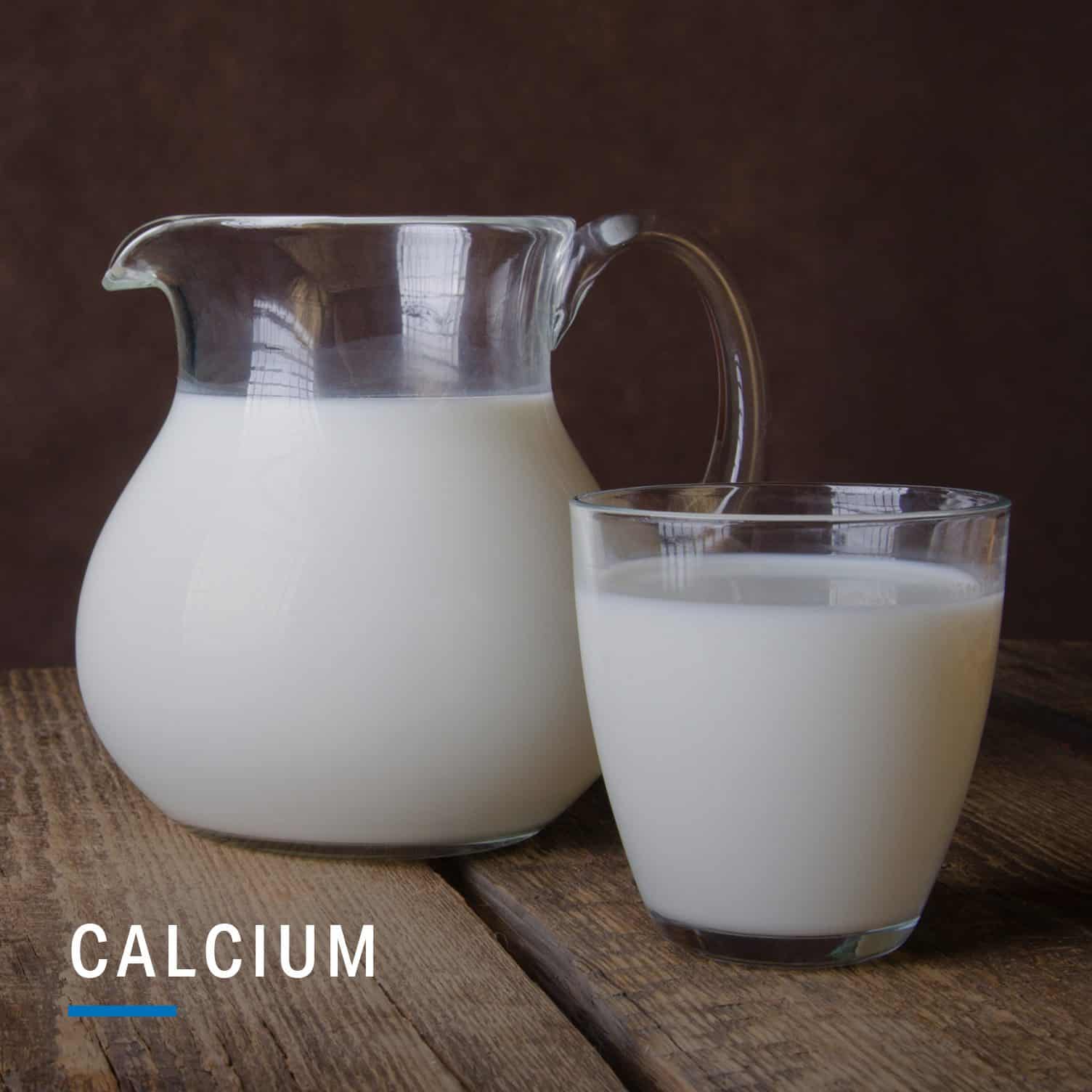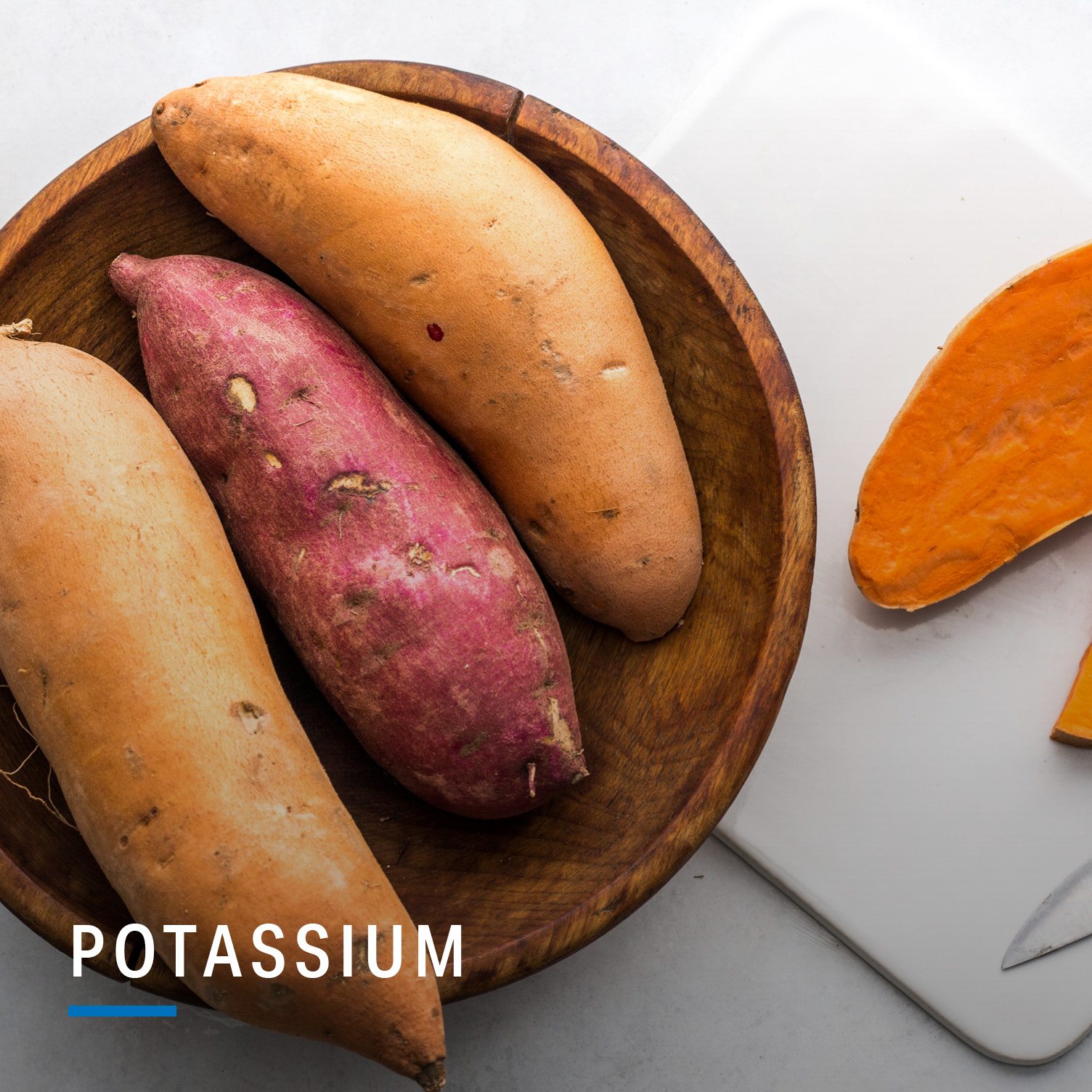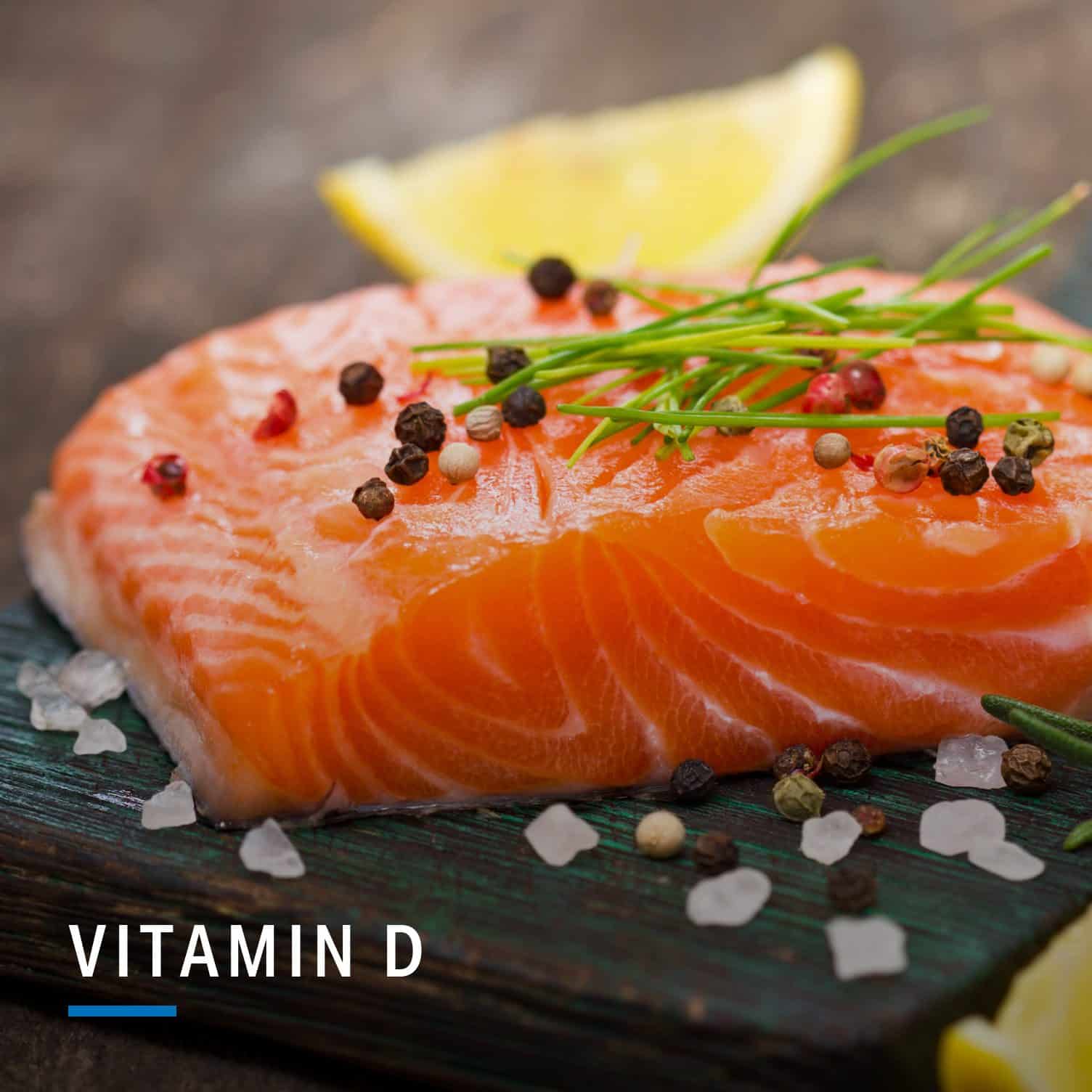Eating right isn’t always fun, but it’s still preferred to alternatives like obesity and chronic conditions. Unfortunately, the standard American diet is laden with processed foods and often lacks wholesome ingredients. For some, this issue creates dietary deficiencies that can sabotage your well-being. But don’t fret: There’s a fix.
The Department of Health and Human Services, along with the USDA, identify potassium, dietary fiber, choline, magnesium, calcium and vitamins A, D, E and C as “underconsumed nutrients.” They note that iron is another one to consider for adolescent girls and women ages 19–50.
But according to the report: “Of the underconsumed nutrients, calcium, potassium, dietary fiber and vitamin D are considered nutrients of public health concern because low intakes are associated with health concerns.”
Fortunately, a few dietary changes can elevate us to the recommended levels and right the ship that is our health. Read on for the reasons we need these four essential nutrients and ways to add them through a few dietary tweaks:

WHY WE NEED IT
Calcium supports strong bones and teeth — everyone knows that. But calcium is also integral to heart function, the nervous system and your blood’s ability to clot.
HOW TO GET IT
Dairy foods like milk, cheese and yogurt are all high in calcium. If you prefer salads, you’re in luck because dark, leafy greens like kale are a good source of the mineral.

WHY WE NEED IT
If you want your heart to keep functioning, your blood pressure and electrolyte levels to remain balanced and your muscles to work properly, potassium is for you.
HOW TO GET IT
Don’t be shy when it comes to potatoes, sweet potatoes and beet greens, as they’re packing the potassium. Other sources include bananas, avocados, milk and white beans.

WHY WE NEED IT
Dietary fiber is key for digestion, and per the FDA, it has also been shown to lower cholesterol in the blood and control blood sugar. That keeps your heart, and your gut, happy. Fiber also keeps you full longer, which can help curb snacking or overeating at your next meal.
HOW TO GET IT
Fill up on all manner of beans and lentils, plus whole grains, apples and berries.
READ MORE > ESSENTIAL GUIDE TO HEALTHY EATING

WHY WE NEED IT
Vitamin D is a vital nutrient that benefits your bones, muscles and immune system. Interestingly, it’s the only nutrient that we can both eat and create — the latter coming via our body’s processing of sunlight.
HOW TO GET IT
Salmon, trout and other oily fish are a great source of vitamin D. So are eggs, whole milk and fortified cereals. But one’s diet is rarely enough to meet the daily requirement (about 600–800 IU), so for more vitamin D, step outside. Regular bouts of natural sunlight are still the best way to up your intake, but time of day, season, skin color, sunscreen and other factors can impact your ability to absorb vitamin D. Ten to 15 minutes of sunshine per day is often enough to do the trick, but sun exposure carries an increased risk of skin cancer, so be careful out there.





10 Responses
The section on sources of fiber seems quite lacking – vegetables aren’t even mentioned.
I would not be recommending DAIRY as a source of calcium. It has been proven and is a known fact that dairy actually takes the calcium from our bones. It increases the chances of osteoporosis and cancer. Prostate especially in men, and ovarian and breast cancer in women due to all of the hormones in cow’s milk.
Cow’s milk being a source of calcium for humans is the biggest myth ever told.
Chick peas are really high in calcium perhaps they deserve a mention.
I am currently researching about meat and meat bi-products – with what I have read so far, I am really surprised to see milk as the No.1 source of calcium!!! Especially from a fitness website!? And the lack of other options given for each nutrient. 🙁
They all have lobbyists on Capital Hill lining the pockets of our representatives to push their agendas through. Additionally, these corporations pay lots of money on advertising and endorsements. You really have to do your homework.
It’s not a fact at all. I don’t know where you’re getting your information? The bulk of scientific evidence confounds your points completely (that you probably just read somewhere and believed).
The amount of estrogen in milk is tiny compared to what’s already in your body.
Men’s bodies produce about 6,000 times as much estrogen every day as you’d get in a glass of whole milk. Ladies produce about 28,000 times that much. Compared to what your own body pumps out, the amount of estrogen you’re exposed to from dairy is far too little to have any real physiological effect.
“Concentrations of E(1) and E(1)S in pasteurized-homogenized whole milk (n=8) averaged 10.3±0.6 and 85.9±7.3 pg/mL (38.09±2.22 and 317.74±27.00 pmol/L), respectively. Production rates of E(1) plus estradiol in human beings range from 54,000 to 630,000 ng/day.”
http://www.ncbi.nlm.nih.gov/pubmed/22561023
Plus if it did have a significant effect we’d use it to treat hormone imbalances, like the menopause. Except we don’t.
There would also be an association with dairy intake and things like breast cancer. Except this from a 2007 study in the American Journal of Clinical Nutrition (5000 subjects in England and Scotland): Childhood dairy intake was not associated with breast cancer risk:
“Childhood dairy intake was not associated with breast and stomach cancer risk”
http://www.ncbi.nlm.nih.gov/pubmed/18065592
“Estradiol from dairy products
is extensively inactivated in the gastrointestinal tract and only about 5% survives the first pass to the liver. Thus daily dairy product intake would supply only about 0.25% of the FAO/WHO upper acceptable daily intake of estradiol.”
https://www.ncbi.nlm.nih.gov/m/pubmed/29960152/
“Findings…are generally in favor of a positive association between dairy and renal health”
Totally agree!
Indeed – another case of lazy research to produce an article that these days doesn’t even have to be worth the paper it’s written on as it’s all online!
This is an absolutely terrible and even terrifying article with an FDA agenda. The FDA is a complete joke. As a healthcare professional I can assure you the FDA does almost nil that is actually useful dietary wise. Dairy? REALLY??? Following FDA guidelines even as they change for the past 50 years has made Americans one of the fastest and least healthy people in the planet. This article sucks. Gets this crap off my app